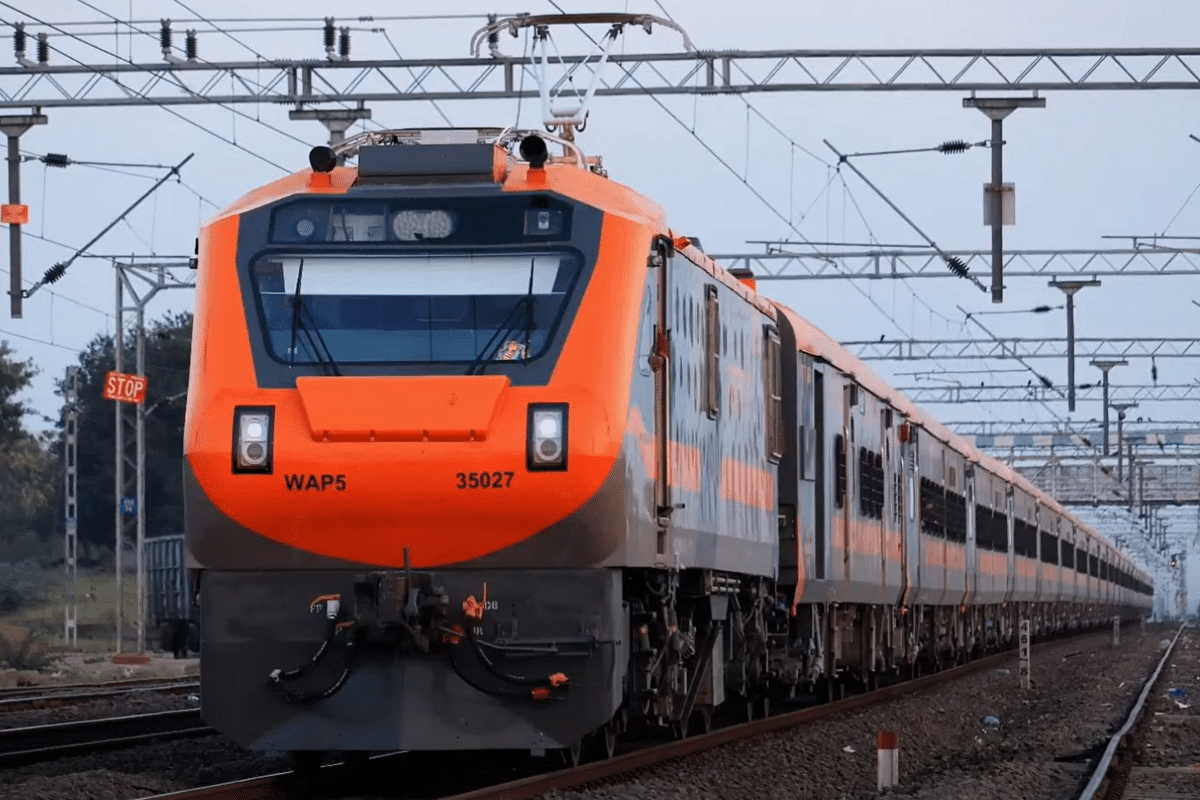Infrastructure
Indian Railways' Indigenous Anti-Train Collision System — 'Kavach' Receives High Praise From Supreme Court

Currently, Kavach is deployed on routes where trains operate at a maximum speed of 130 kmph. (Wikipedia)
The Supreme Court of India has commended the Indian Railways for its proactive measures in implementing anti-collision systems, including the 'Kavach' system, to prevent accidents on the rail network.
A bench comprising Justices Surya Kant and KV Viswanathan acknowledged the steps taken by Indian Railways during the hearing of a Public Interest Litigation (PIL) that sought directions for the implementation of an indigenous train protection system. The bench disposed of the PIL after reviewing a status report filed by the Attorney General for India on 15 April.
The court expressed its appreciation for the efforts made by Indian Railways and concluded that the purpose of initiating the proceedings in the public interest has been achieved. The bench further expressed confidence in the Indian Railways' commitment to modernising its operations and implementing the Kavach system in consultation with experts, reports Economic Times.
Earlier, the apex court had directed the Attorney General of India, R Venkatram, to inform the court about the measures taken by the central government to implement anti-collision systems, including 'Kavach'.
The PIL was filed by Advocate Vishal Tiwari following the Balasore triple train accident in Odisha last year. The tragic accident involved two passenger trains and a goods carriage, resulting in over 288 fatalities and more than 1,000 injuries.
The PIL sought immediate implementation of the Automatic Train Protection (ATP) System, commonly known as the 'Kavach' protection system, to enhance public safety on Indian Railways.
What is Kavach?
Kavach was developed by the Research Design and Standards Organisation (RDSO) under Indian Railways in collaboration with three Indian vendors — Medha Servo Drives Pvt Ltd, HBL Power Systems Ltd, and Kernex Microsystems.
It has been adopted as the National Automatic Train Protection (ATP) System.
Since 2016, the Indian Railways has been carrying out field tests for Kavach on passenger trains, with further operational improvements in the works.
As part of the new system, railway tracks, signalling systems on railway tracks, and the engines of trains are installed with radio frequency devices (without relying on a central server) that continuously send signals back and forth on a real-time basis to indicate that the track on which the train is operating has no obstacles.
This system effectively controls the train's speed and automatically applies brakes when required, particularly in situations where the loco pilot may not be able to do so. Similar safety systems are followed in other countries.
Railway tracks will be equipped with pressure sensors capable of detecting weights exceeding 500 kg. These sensors will then transmit signals to the train's engine, prompting the automatic application of brakes. Obstacles that are up to 10 km ahead will be detected by devices installed on railway tracks.
The features include transmitting line-side signals to the train cab, which is beneficial in high-speed and foggy conditions.
As per a report on the progress of Kavach, so far 1,659 km of railway line has been covered and an additional 500 km will be covered by March this year. In the next three years, at least 5,000 km will be covered.
Support Swarajya's 50 Ground Reports Project & Sponsor A Story
Every general election Swarajya does a 50 ground reports project.
Aimed only at serious readers and those who appreciate the nuances of political undercurrents, the project provides a sense of India's electoral landscape. As you know, these reports are produced after considerable investment of travel, time and effort on the ground.
This time too we've kicked off the project in style and have covered over 30 constituencies already. If you're someone who appreciates such work and have enjoyed our coverage please consider sponsoring a ground report for just Rs 2999 to Rs 19,999 - it goes a long way in helping us produce more quality reportage.
You can also back this project by becoming a subscriber for as little as Rs 999 - so do click on this links and choose a plan that suits you and back us.
Click below to contribute.
Latest